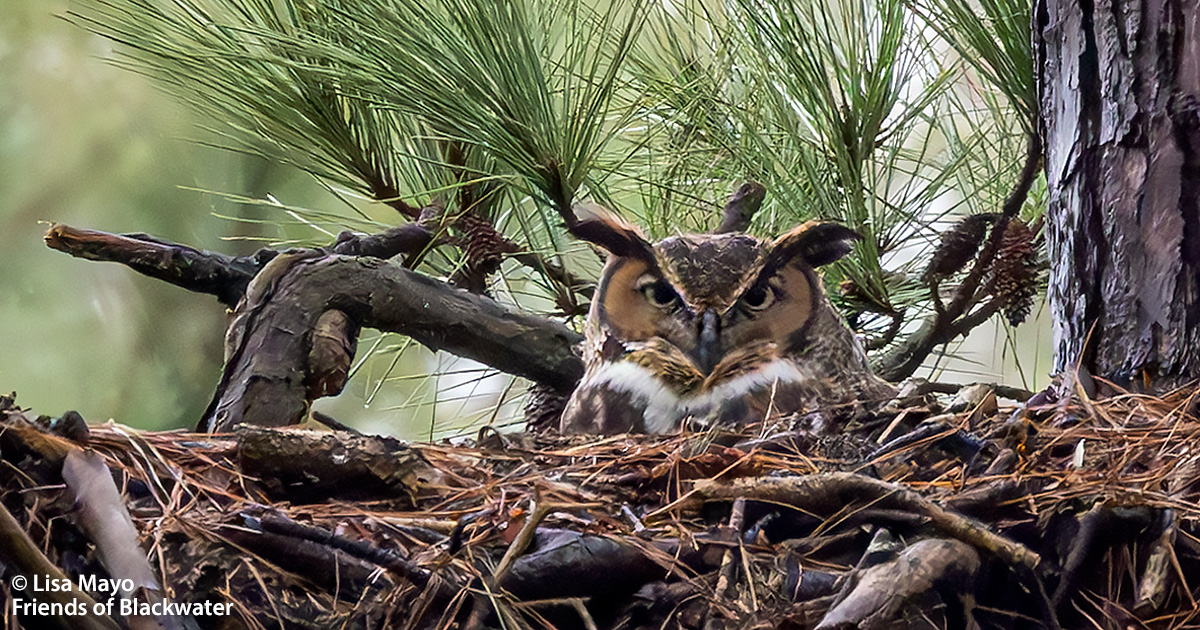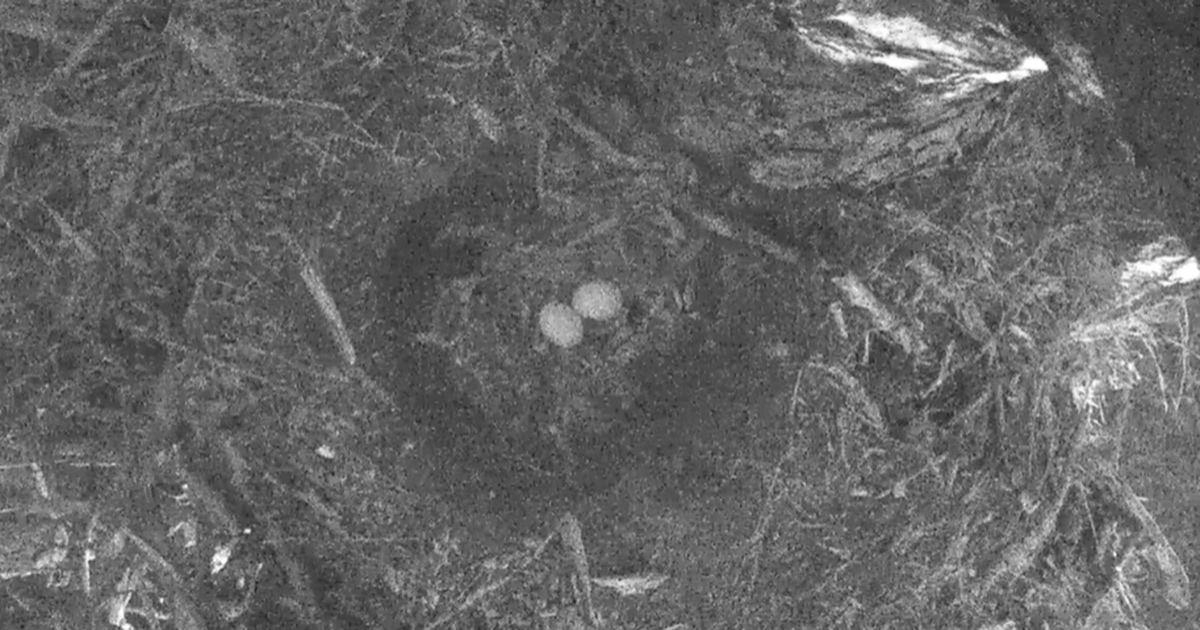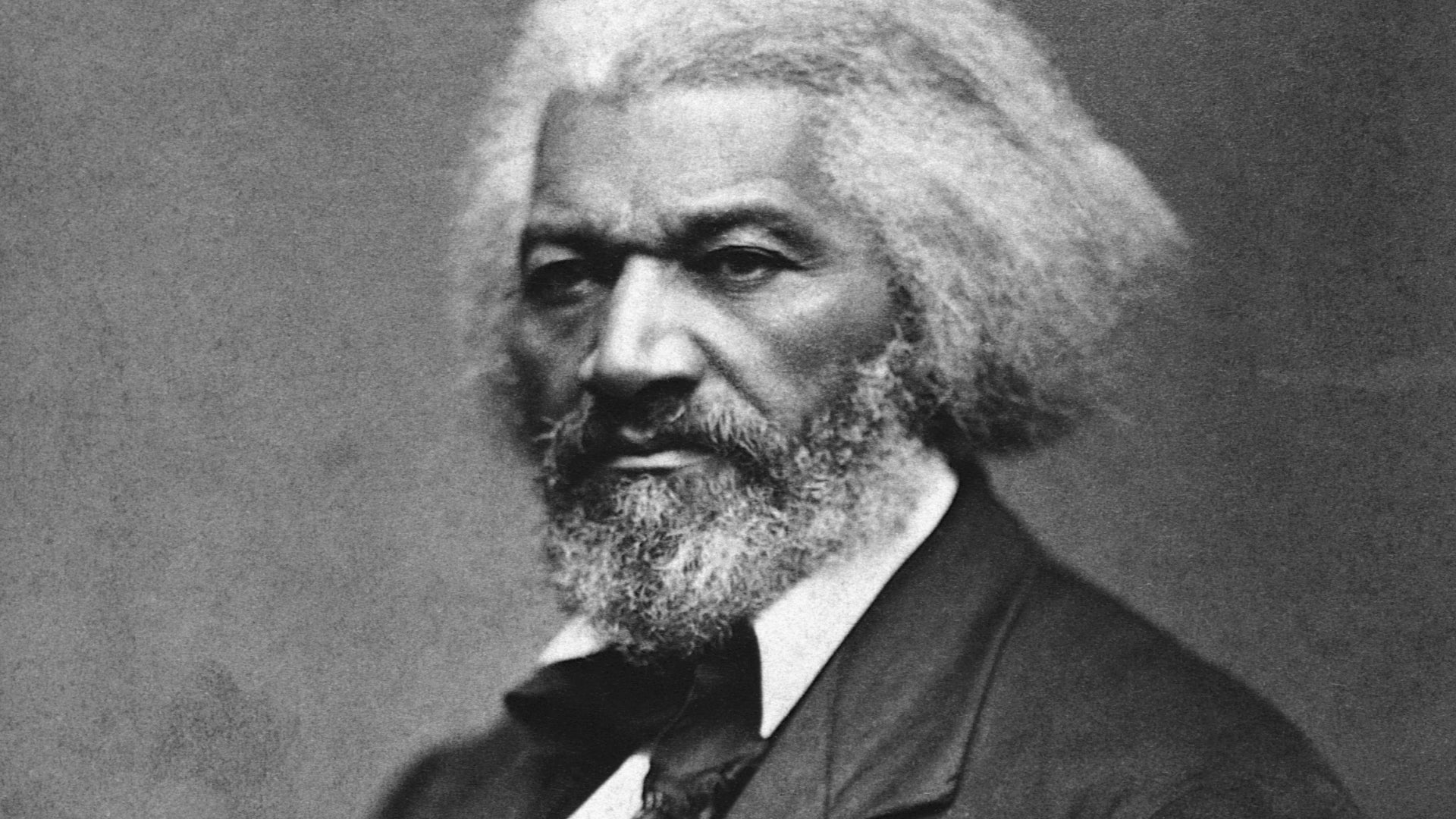
Merging community spirit and celebration, June 29, 2024, is set for the inaugural Frederick Douglass Unity Day, a blend of food, fun, and festivity. Organized by the Bailey-Groce Family Foundation and supported by various sponsors, this event aims to bridge gaps and foster unity among people of different backgrounds.
The concept for Frederick Douglass Unity Day originated with Tarence Bailey, Sr., one of the primary promoters and sponsors, who noticed a split in celebrations during Juneteenth and the Fourth of July. “I realized that some people don’t celebrate Juneteenth, and some don’t celebrate the Fourth of July. These holidays are back-to-back, and we needed an event in the middle to bring everyone together,” Bailey said. That event became Unity Day, designed to provide a platform where everyone, regardless of their preferences for these significant dates, can come together to enjoy Eastern Shore-style festivities featuring hot crabs, cold beer, catfish, and classic cars and motorcycles.
Securing a venue was a crucial step, and Bailey, a combat veteran and member of the VFW, found support from the Easton VFW. “The VFW was really excited to partner with us and host the event on their grounds,” Bailey said. The ability to bring this event to life is thanks to this partnership with VFW and other sponsors, including Shore United Bank, The Car Store of Laurel, DE and Salisbury, MD, William Ryan, Solid Tops, Richard Holman, and the Constitutional Alliance.
(Note: Sponsorship opportunities ranging from $200 to $800 are available through 6/22).
The Unity Day event offers various activities to cater to all ages and interests. The festivities will kick off at 2 PM and run until dusk, featuring an all-you-can-eat crab feast, with crabs supplied by Harris’s Crab House in Grasonville and prepared on-site by India Thomas of Thomas Family Catering. “The crabs will be steamed right on site, going from the pot to your table,” Bailey said. Also included are all-you-can-eat blue catfish (an invasive species whose consumption helps the environment), supplied by Tilghman Island Seafood, fried chicken, corn on the cob, and cold beer or soft drinks. Thanks to Dallas’ Welding from Cordova, MD, who donated a large grill, hamburgers, and hotdogs, which will also be featured.
 Family-friendly activities include a bounce house for kids, a community kickball game (with a prize trophy as bragging rights), and a Double Dutch contest. “We’re bringing back the Double Dutch competition, something we used to see in the ‘80s and ‘90s,” said Bailey. Classic car and motorcycle enthusiasts can showcase their prized vehicles, with trophies awarded for the best car and best motorcycle. The event also features live music by DJ Mercury, adding to the festive atmosphere. “It’s going to be a great day of fun, food, and music,” Bailey says. In case of too much sun or inclement weather on Unity Day, tents will be on the premises, or attendees can enjoy the festivities inside the VFW building.
Family-friendly activities include a bounce house for kids, a community kickball game (with a prize trophy as bragging rights), and a Double Dutch contest. “We’re bringing back the Double Dutch competition, something we used to see in the ‘80s and ‘90s,” said Bailey. Classic car and motorcycle enthusiasts can showcase their prized vehicles, with trophies awarded for the best car and best motorcycle. The event also features live music by DJ Mercury, adding to the festive atmosphere. “It’s going to be a great day of fun, food, and music,” Bailey says. In case of too much sun or inclement weather on Unity Day, tents will be on the premises, or attendees can enjoy the festivities inside the VFW building.
All proceeds from Unity Day will support the Bailey-Groce Family Foundation’s mission to preserve African American heritage and history on the Eastern Shore. The long-term goal is to establish an African American Cultural Center, making Talbot County a hub for African American history and an international destination for cultural tourism. “We’re trying to make Talbot County the headquarters for African American history,” Bailey says. “I envision a time when people come to the United States, they’ll want to visit Talbot County before they go back home.”
Tickets for this event are available on Eventbrite, through the foundation’s website, or can be purchased at the door. Tickets for adults are priced at $60, while tickets for kids (16 and under) are $40. For those interested in participating in the classic car show, the entry fee is $40, and vendors can secure a spot for a $75 fee.
Bailey hopes that the Frederick Douglass Unity Day will become an annual event, filling a gap between Juneteenth and the Fourth of July and providing a non-political, inclusive celebration for all while also honoring the legacy of Frederick Douglass. It will be a day where community members can enjoy each other’s company, share delicious food, and participate in fun activities, all while supporting a worthy cause. “We want to bring people together over hot crabs, hot catfish, cold beer, nice cars, and motorcycles,” Bailey says. “I see this as a great opportunity to sit down and grab a cold beer with a perfect stranger–Eastern Shore style. After all, we’re all neighbors in this world.”





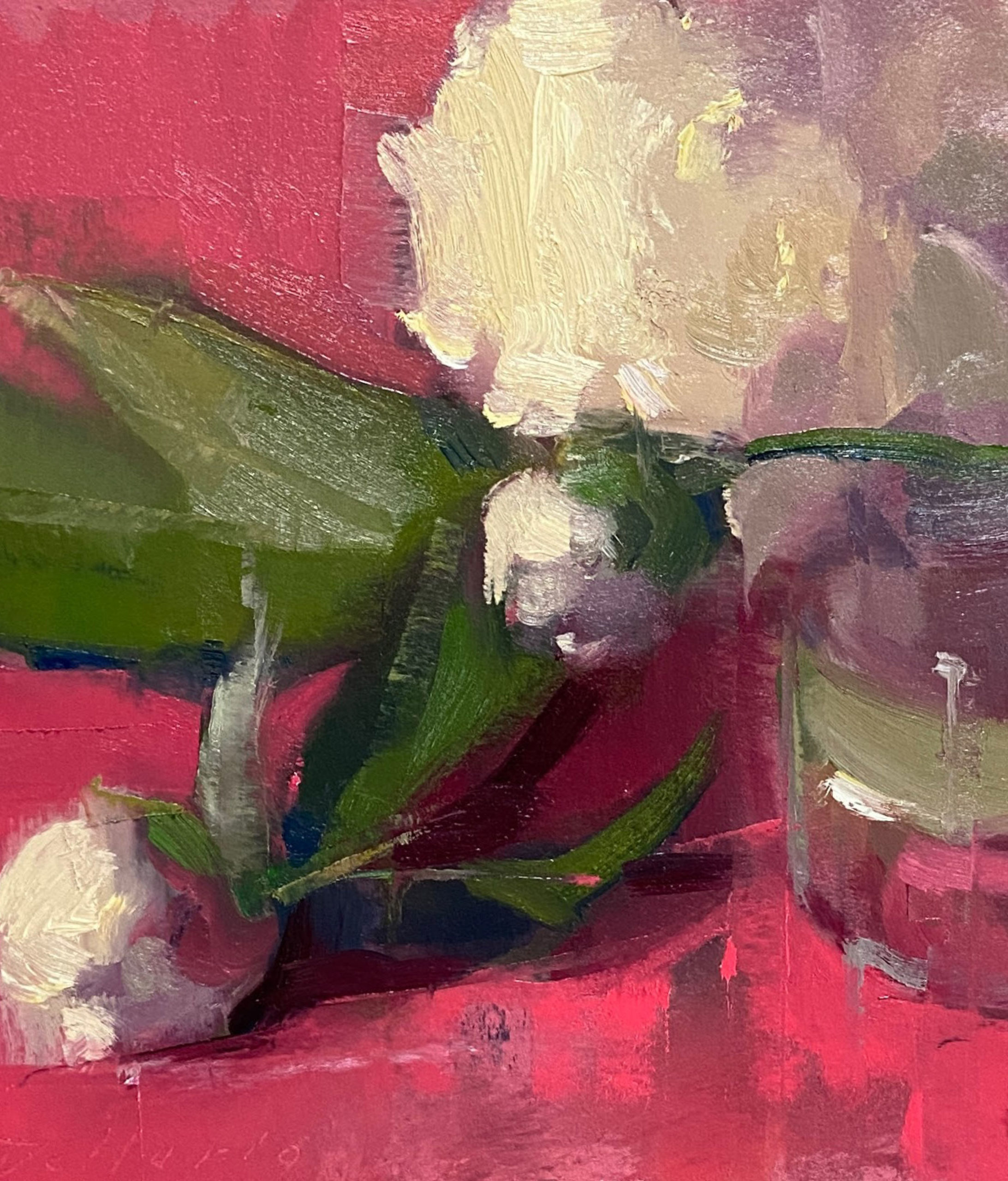

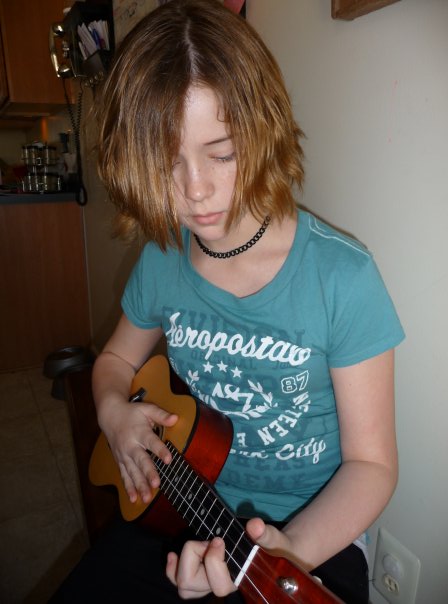
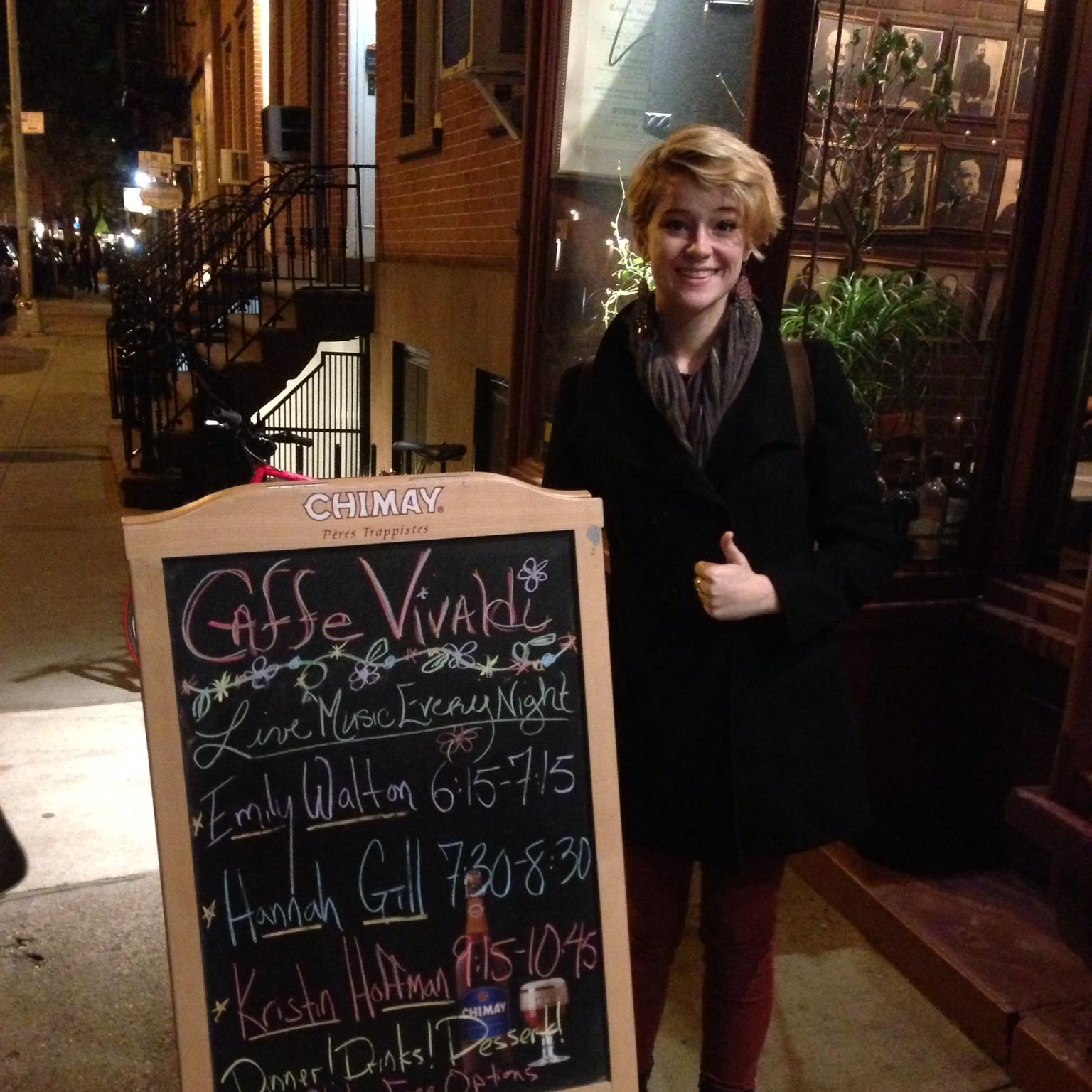



 However, the Museum is ready to cross-promote and share resources. “We’ll be sharing things like photographs and documents from town that would be the appropriate things to put into the museum out there,” says Parnes. “People may see relatives they recognize and be motivated to come fill in the blanks about what those days were like. Our goal is sustaining an ongoing dialogue around the diverse yet interconnected stories that define the character of Oxford.”
However, the Museum is ready to cross-promote and share resources. “We’ll be sharing things like photographs and documents from town that would be the appropriate things to put into the museum out there,” says Parnes. “People may see relatives they recognize and be motivated to come fill in the blanks about what those days were like. Our goal is sustaining an ongoing dialogue around the diverse yet interconnected stories that define the character of Oxford.”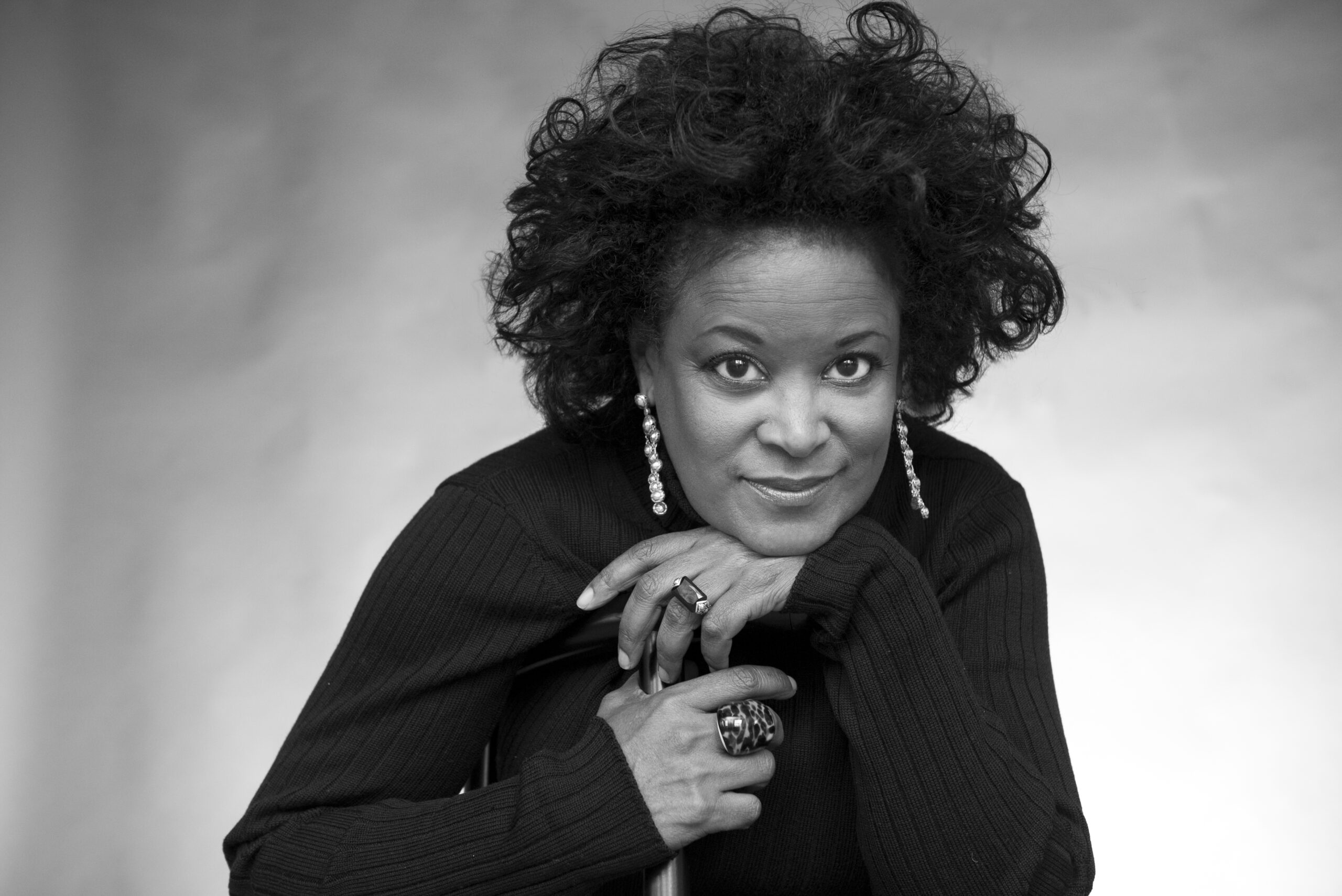 Currently on view through July 14th at the Academy Art Museum (AAM) is “Heirlooms,” – a profound and meaningful mixed media series by multidisciplinary artist Darlene Taylor. The collages incorporate vintage linens, laces, cottons, and buttons passed down from mother to daughter and friend to friend over generations. But Taylor doesn’t merely gather these textiles as historical artifacts. Through layering, stitching, and a poet’s lyrical touch, she weaves them into powerful artistic narratives that reclaim the inner lives of Black women so often omitted from the historical record.
Currently on view through July 14th at the Academy Art Museum (AAM) is “Heirlooms,” – a profound and meaningful mixed media series by multidisciplinary artist Darlene Taylor. The collages incorporate vintage linens, laces, cottons, and buttons passed down from mother to daughter and friend to friend over generations. But Taylor doesn’t merely gather these textiles as historical artifacts. Through layering, stitching, and a poet’s lyrical touch, she weaves them into powerful artistic narratives that reclaim the inner lives of Black women so often omitted from the historical record.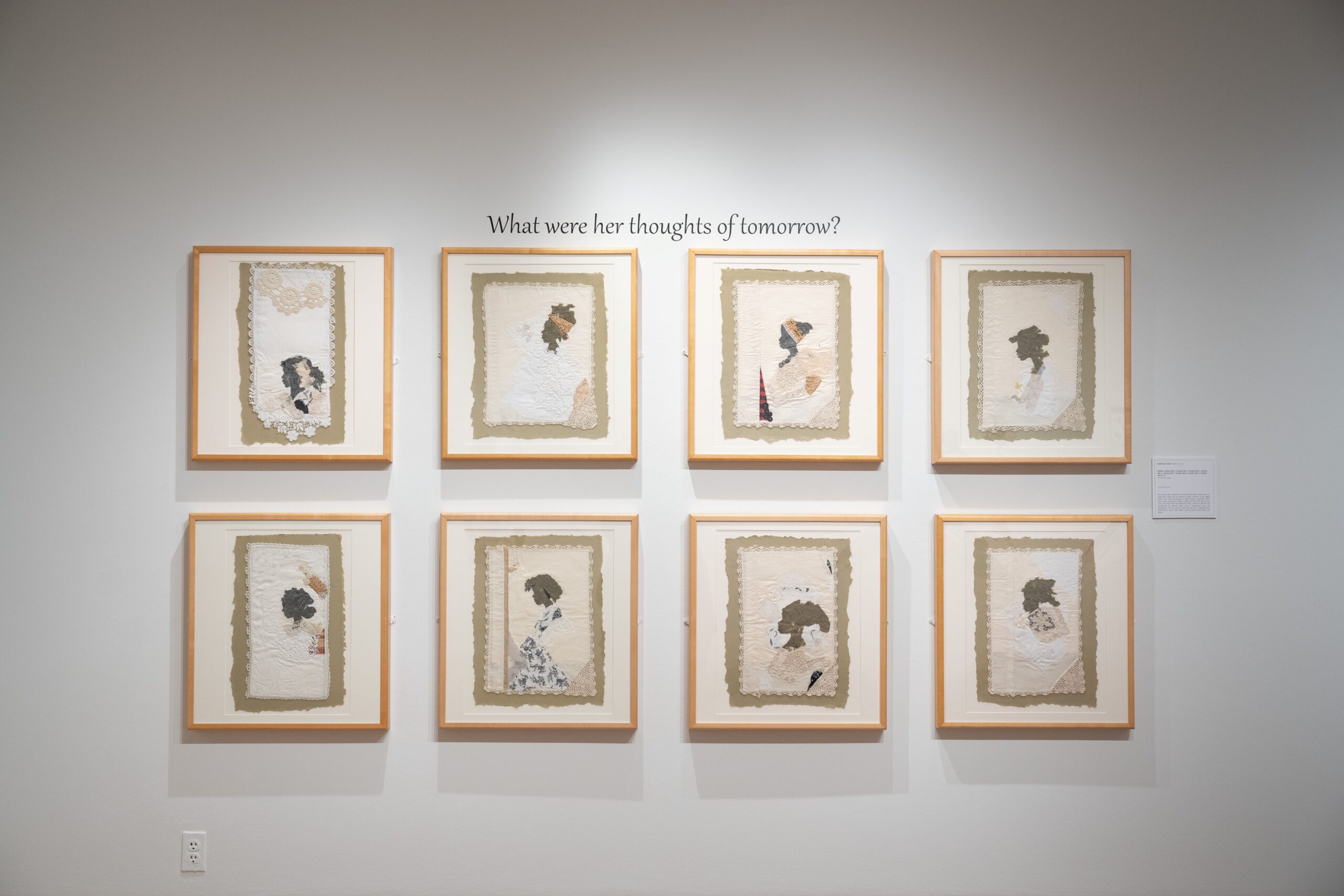 Taylor’s artistic journey was inspired by the question: what stories lie within the silent gazes of Black women captured in 19th-century photographs? She felt drawn to uncovering the untold narratives of these women, whose voices had long been muted by history. “I look at those images of Black women, and I think about that moment of them standing still, sitting still, and I wonder, what does she feel? What does she think of the events happening in the world around her? I wanted to explore that through language and also through something very near and dear to me, something shared from mother to mother: stitch work. I wanted to put my hands on it.”
Taylor’s artistic journey was inspired by the question: what stories lie within the silent gazes of Black women captured in 19th-century photographs? She felt drawn to uncovering the untold narratives of these women, whose voices had long been muted by history. “I look at those images of Black women, and I think about that moment of them standing still, sitting still, and I wonder, what does she feel? What does she think of the events happening in the world around her? I wanted to explore that through language and also through something very near and dear to me, something shared from mother to mother: stitch work. I wanted to put my hands on it.” The exhibition’s textile montages are Taylor’s ways of trying to answer some of those questions. The figures are on backgrounds of collaged paper, stitched linens, and stuck buttons and beads. “Frequently, I find that there are photographs of women where there’s much more detail about the furniture…about the lace someone in the photograph was wearing – maybe even the paint colors in the room, but nothing about that woman,” Taylor said. “And I wonder about her? What’s her story? What’s this moment? She has no agency in this space, and I want to explore places where her voice comes alive and her feelings are shared, expressed, and heard.”
The exhibition’s textile montages are Taylor’s ways of trying to answer some of those questions. The figures are on backgrounds of collaged paper, stitched linens, and stuck buttons and beads. “Frequently, I find that there are photographs of women where there’s much more detail about the furniture…about the lace someone in the photograph was wearing – maybe even the paint colors in the room, but nothing about that woman,” Taylor said. “And I wonder about her? What’s her story? What’s this moment? She has no agency in this space, and I want to explore places where her voice comes alive and her feelings are shared, expressed, and heard.”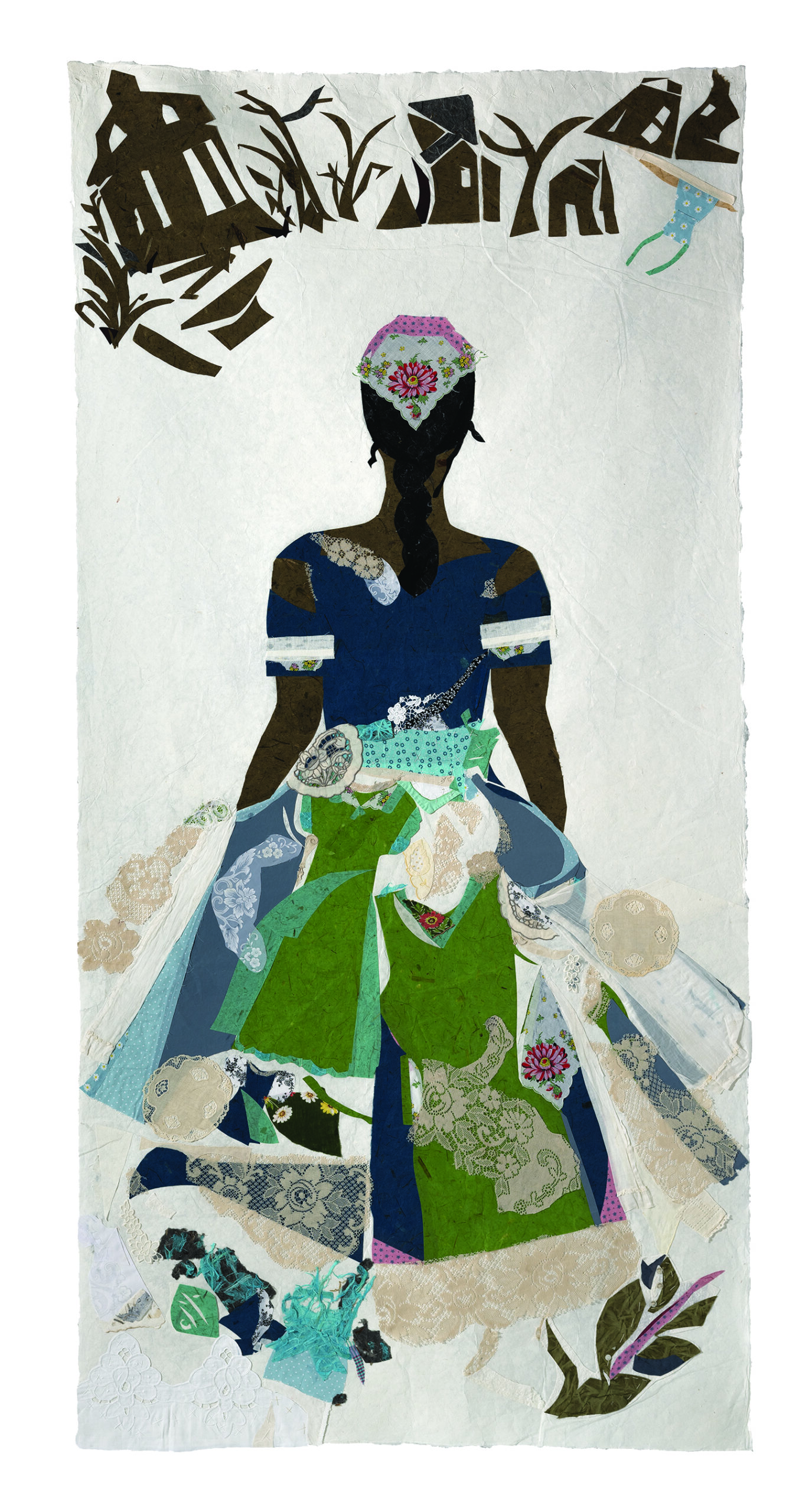 The 12-inch silhouettes are a bit of a departure from the larger eight-foot pieces as they were put together at the bedside of Taylor’s ill mother, taking form as “silent dialogues” with the fading matriarch. “As I was sitting with my mother, I was contemplating, what would I say to these mothers? My mother had dementia. So I asked her questions, and sometimes I got answers. Sometimes I got silence.” In a way, these smaller figures are a tribute to the fragility of collective memory.
The 12-inch silhouettes are a bit of a departure from the larger eight-foot pieces as they were put together at the bedside of Taylor’s ill mother, taking form as “silent dialogues” with the fading matriarch. “As I was sitting with my mother, I was contemplating, what would I say to these mothers? My mother had dementia. So I asked her questions, and sometimes I got answers. Sometimes I got silence.” In a way, these smaller figures are a tribute to the fragility of collective memory.




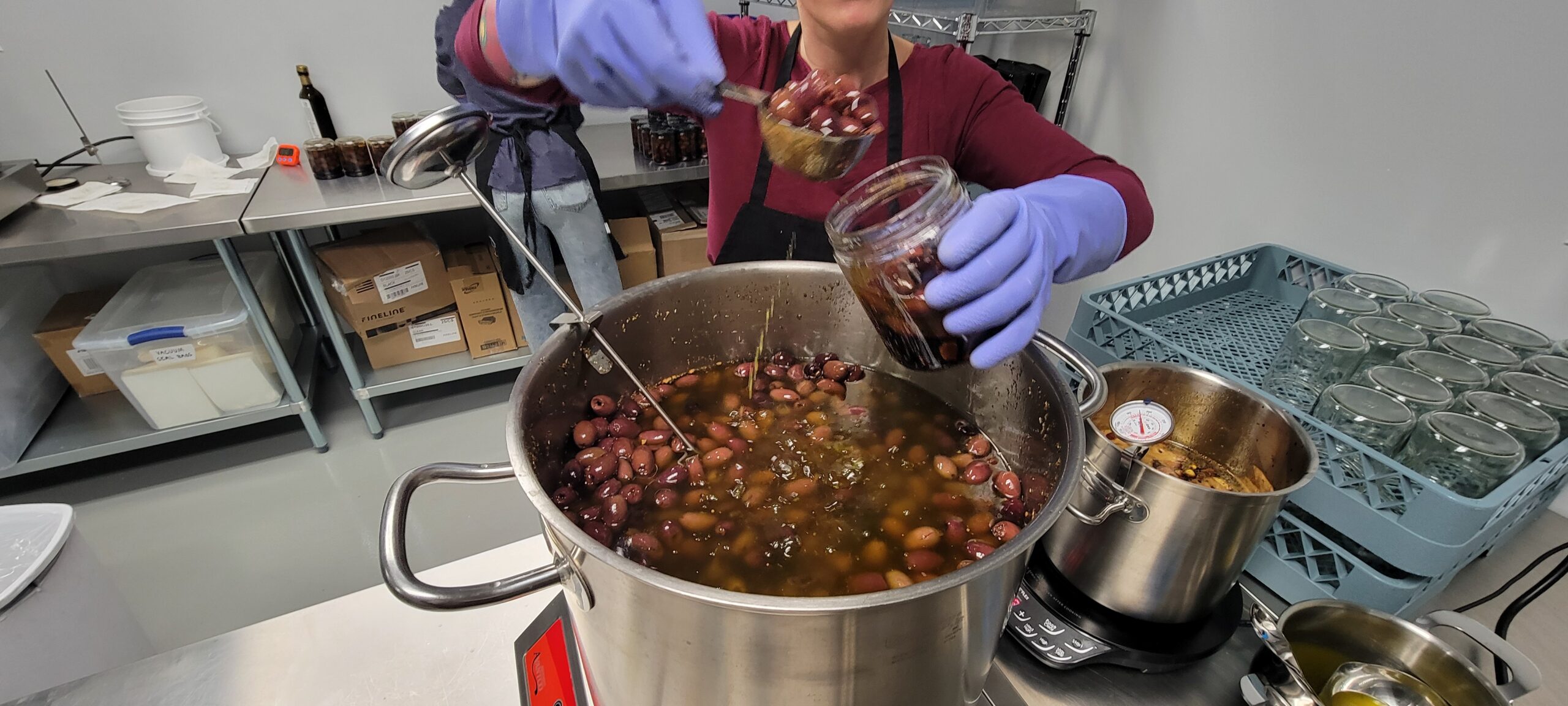
 The Paris’ are no strangers to entrepreneurship. Peter was a real estate developer until 2000, when he sold his business and moved to Prague, Czechoslovakia, working for Berlitz teaching English–which is how he met Lucka. The two started a business training program for executives in soft skills, management skills, team building, etc. When Peter’s mother got sick, the couple moved to the Eastern Shore.
The Paris’ are no strangers to entrepreneurship. Peter was a real estate developer until 2000, when he sold his business and moved to Prague, Czechoslovakia, working for Berlitz teaching English–which is how he met Lucka. The two started a business training program for executives in soft skills, management skills, team building, etc. When Peter’s mother got sick, the couple moved to the Eastern Shore. This location gave the Paris’ a place to introduce all the ideas they never seem to run out of. Besides various olives, there are now several items typically used to create Greek meze (small dishes/appetizers): olives, fire-roasted eggplant, feta, etc., different types of olive oil, multiple blends of balsamic, and, of course, Greek cheeses. As much as possible, they are sourcing everything in large quantities from Greece and mixing, cutting, and vacuum sealing the produce in-house.
This location gave the Paris’ a place to introduce all the ideas they never seem to run out of. Besides various olives, there are now several items typically used to create Greek meze (small dishes/appetizers): olives, fire-roasted eggplant, feta, etc., different types of olive oil, multiple blends of balsamic, and, of course, Greek cheeses. As much as possible, they are sourcing everything in large quantities from Greece and mixing, cutting, and vacuum sealing the produce in-house.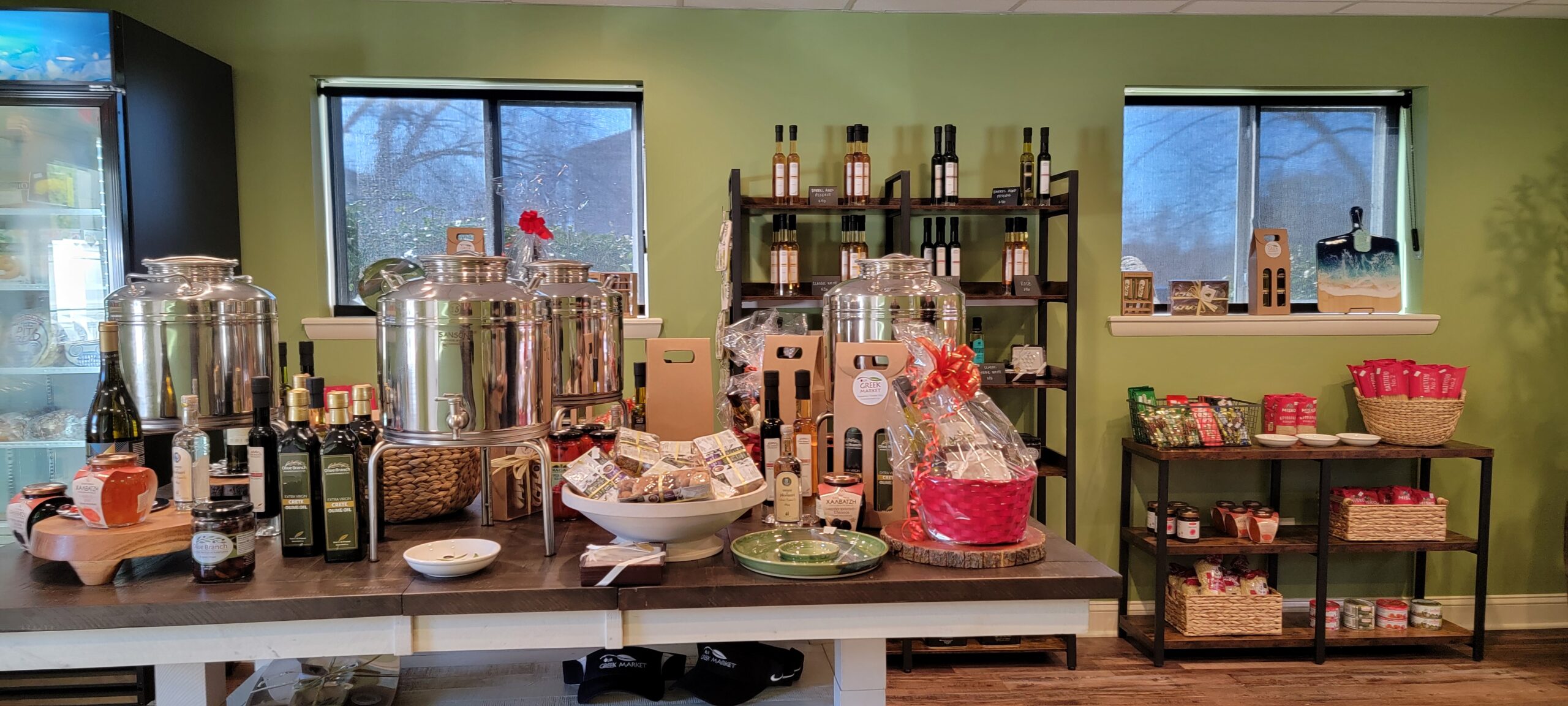 Education is essential to the experience at ‘Our Greek Market.’ “When you buy here, you will also learn about what you’re buying and where it’s coming from,” says Peter. They encourage customers to sample anything and everything in the store. They also host open house events on the second Thursday of each month, when they put out samples of most of their products.
Education is essential to the experience at ‘Our Greek Market.’ “When you buy here, you will also learn about what you’re buying and where it’s coming from,” says Peter. They encourage customers to sample anything and everything in the store. They also host open house events on the second Thursday of each month, when they put out samples of most of their products. 